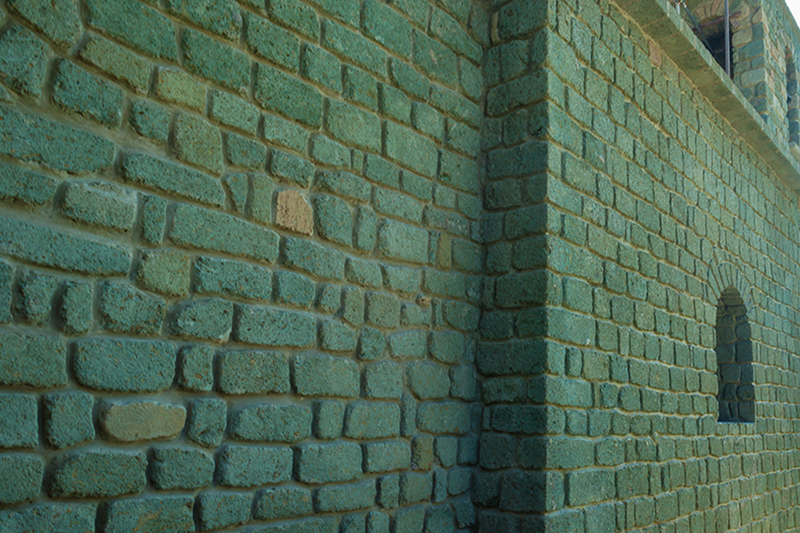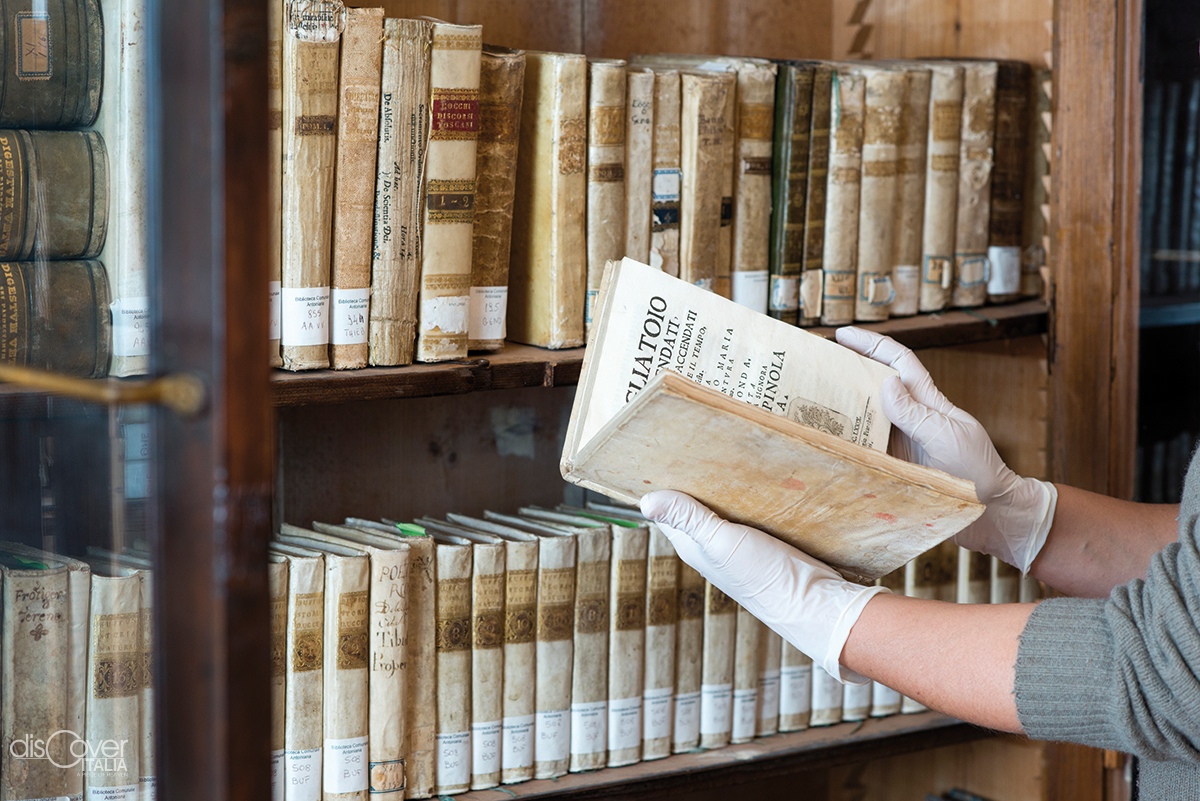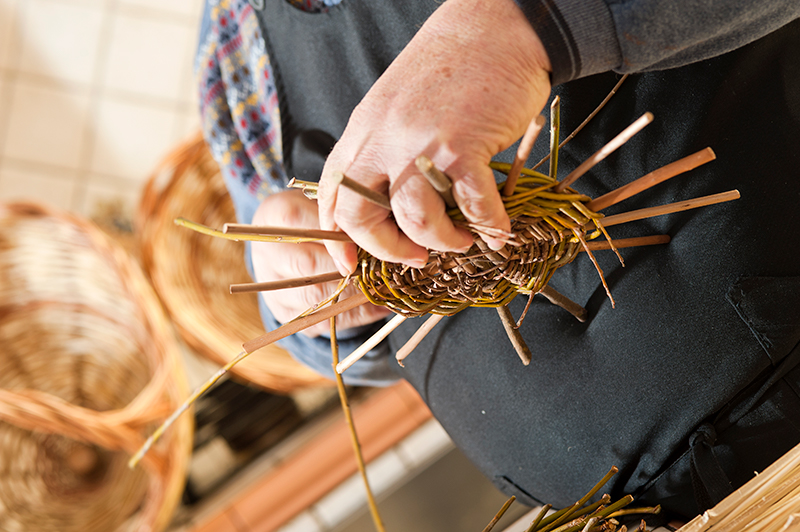The largest Europe thermal basin. More than one hundred thermo-mineral springs distributed in every part of the island.
Ischia is a volcanic land lavish with gifts. Of waters with particular properties, above all. It has ensured to its children, through the millennia, a precious and inexhaustible resource, which is identified intros springs, whose therapeutic properties have made Ischia famous in the world. Known and exploited since ancient times, already by the first Greek colonies and by the Romans, the properties of the thermal waters have been confirmed scientifically since the 16th century when Ischia’s “baths” started being famous even beyond the sea.
The first census of the hydrothermal springs present on the island, with the accurate description of the specific characteristics of each of them and the consequent therapeutic indications, was carried out by the doctor Giulio Jasolino, born in Monteleone Calabro in 1549, who spent several years on the island of Ischia to accomplish his research. Thanks to them, he was able to recognise and valorise the already famous waters and to discover new ones. The results of his work are in the book De’ remedi naturali che sono nell’isola di Pithecusa hoggi detta Ischia (About the natural remedies on the island of Pithecysa, now known as Ischia), the first edition of which was published in 1588 with the addition of a precious topographic map of the island by Mario Cartaro.
That book contributed first, together with the other following studies of foreign researchers, to attract to the island an increasing number of travelers from all over Europe, not only interested in the beauties of Ischia, but also in taking advantage of treatments for a considerable variety of pathologies that offered its beneficial waters. Therefore, the first thermal establishments, particularly in Casamicciola, which already in the seventeenth century counted a significant flow of guests who benefited from the waters of Gurgitello, Castiglione and La Rita basins. And the fame of those springs was such that in 1604 a group of Neapolitan nobles from the Pio Monte della Misericordia invested in the construction of a large hospice in Casamicciola, precisely near the Gurgitello source, in order to allow also to the poor of the city to benefit from the annual cycles of the thermal treatments. That was the first example of social thermalism in history.
During the following centuries, along with the publication of other scholars’ works and with the increasingly frequent and accurate reports of travelers, the thermal tourism continued to grow on the island. Where hotels and thermal establishments were built, to meet the guests’ needs. The treatments held them for long stays. From there, Ischia fortunes began. The island has been able to confirm over time its vocation for hospitality, expanding and diversifying the offer of thermal therapies and wellness treatments, practiced in the spas that most of the hotels are equipped with.

From Aphrodite to Poseidon, the kingdom of water that gives life to the valley of Citara.
With its slow, circular, uninterrupted movement, the donkey covered kilometers after kilometers without leaving its position, under the sun, faithful companion from dawn to dusk.
Copyright videos, photos and texts ©️ 2020










Comments powered by CComment